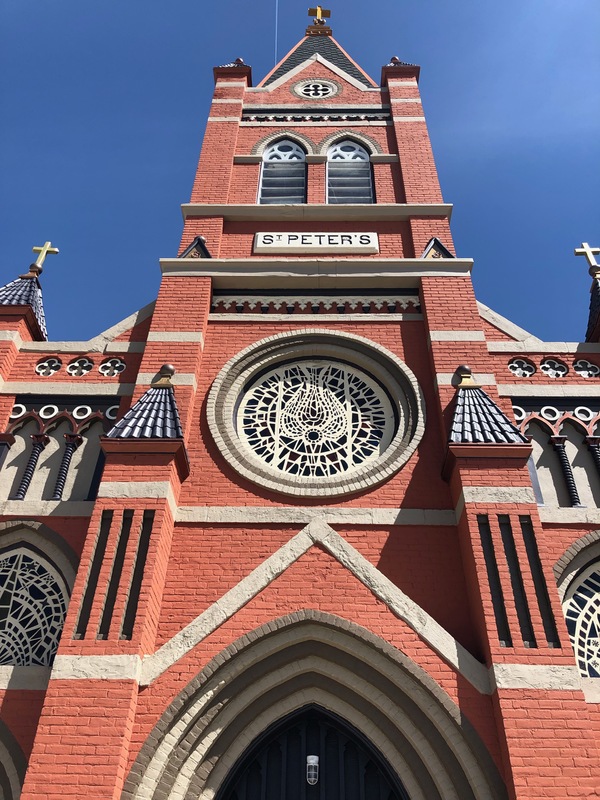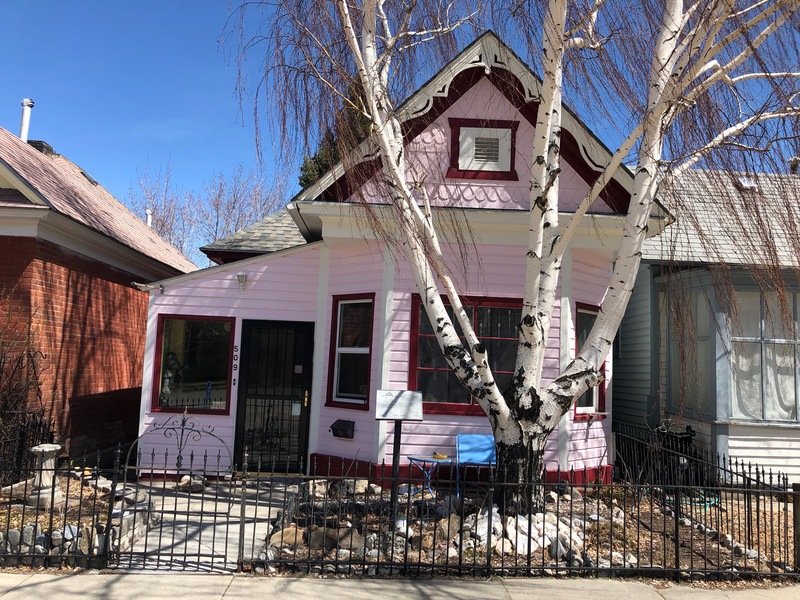Goosetown Historic District

Attracted by the opportunity to work at Marcus Daly’s copper smelter, thousands of immigrants came seeking work in Anaconda. Many were from Ireland, like Daly himself, but skilled and unskilled workers also came from a myriad of foreign places. Most settled in Goosetown, a working-class neighborhood ideally located adjacent to the Anaconda foundry and the original Washoe works site, under the shadow of the Great Stack. Small inexpensive lots, simple frame workers’ cottages, boarding houses and small businesses dating mostly from 1883 to 1918 illustrate the neighborhood’s economic solidarity and working-class character. Modest homes on narrow lots with bachelor cabins at the rear, rented for a little extra income, are common throughout the district. Occasional saloons and the 1905 Washoe Brewery reflect the private commerce and industry that flourished alongside the dominant smelter-related enterprises. In addition, widows often maintained their families by operating small businesses from their homes. The Beaudette Block, the Anaconda Meat and Grocery Company and the depression-era Club Moderne are Goosetown’s most significant commercial buildings. Historic churches including the Austrian Roman Catholic, Free Swedish Mission, Norwegian Evangelical Lutheran, and Serbian Orthodox only hint at the many ethnically oriented organizations that offered comaraderie and comfort far from home. There are two schools of thought on the source of Goosetown’s name. The most widely accepted theory attributes the name to the east side bars’ practice of keeping turkeys and geese to raffle off at Thanksgiving. Another theory holds that the neighborhood’s initial freshwater system consisted of a water tap at the end of a gooseneck pipe in each residential yard.
Images

